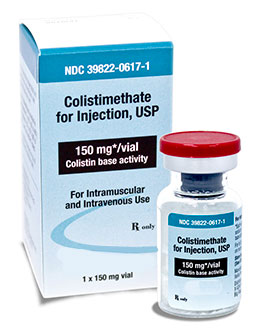Drug resistant gene identified in Iowa Salmonella case

It is the first time the gene has been identified in Iowa.
An Iowa medical facility initially identified the Salmonella in one of its patients, and within days provided a sample to the Hygienic Laboratory for confirmatory testing. Salmonellosis is a reportable disease in Iowa.
After confirming the presence of Salmonella, SHL performed whole genome sequencing in order to share the DNA “fingerprint” with the CDC via PulseNet, a national laboratory surveillance network that compares Salmonella strains to see if they match organisms associated with an outbreak.
The CDC also looks for antibiotic-resistant genes, as part of the National Antimicrobial Resistance Monitoring System (NARMS). NARMS is a surveillance system that tracks changes in the antimicrobial susceptibility of certain intestinal bacteria found in humans, retail meat and food animals. It is a collaborative partnership between the CDC, the Food and Drug Administration, the Department of Agriculture, and state and county health departments.
“We don’t perform susceptibility testing for colistin nor do we test for the mcr-1 gene,” said Wade Aldous, associate director of the Disease Control Division. “It just happened that in this instance, since it was a Salmonella isolate, we performed DNA sequencing and the CDC analytics detected it.”
The detection of the mcr-1 gene is a cause for concern because it is found on plasmids - pieces of DNA that can carry genetic instructions from one bacterium to another, which can make other bacteria become resistant to colistin. The CDC considers mcr genes emerging threats.
The gene was first identified in the U.S. in 2016, and since then has been identified in 19 other states.



